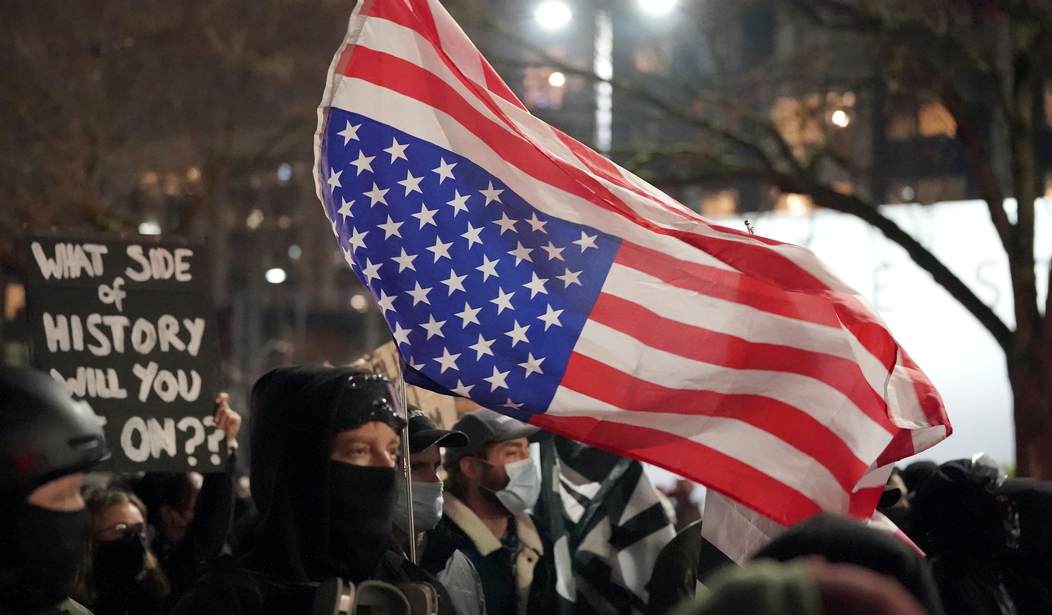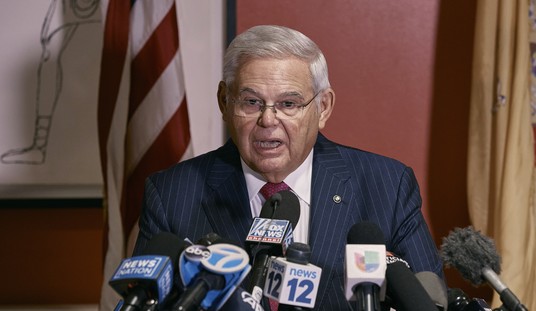Lost in our national conversation due to the impact of COVID-19, and the news media’s obsession with Donald Trump, is the cost to Americans for the dramatic increase in homicides.
In The American Conservative, Sean Kennedy systematically lays out the devastating ripple effects of the anti-police riots continue to have on American society.
While COVID-19 imposed a terrible toll in death and economic destruction in 2020, another epidemic devastates American communities both financially and personally—violence.
Preliminary statistics show murders rose by 35 percent across 60 of the nation’s largest cities. Nationwide FBI data through September show a 21 percent jump in homicide and 8.3 percent increase in aggravated assaults, including those by gun. Aggravated assaults and shootings climbed by roughly 10 percent over the summer and fall of 2020.
Such violence exacts a heavy toll or “murder tax” on the lives and livelihoods of the most vulnerable communities.
Kennedy also points out that the Defund the Police movement, supported by most Democratic elected officials in many of our largest cities and many Democrats in Washington, is having a devastating impact on our nation. Study after study reveals that particularly hard-hit are lower-income communities that are already most at risk in our cities.
Recent academic studies have placed the combined tangible and intangible costs of all crime at between $690 billion and $3.4 trillion a year. Even a $1 trillion price tag would match Florida’s economic output.
According to researchers Kathryn McCollister and Michael French of the University of Miami, and Hai Fang of the University of Colorado, the total economic cost of a murder (adjusted for inflation) is more than $11 million. Critically, murders and aggravated assaults together represent the lion’s share (over 70 percent) of the cost of all crime. That would put 2020’s murder tax at $220 billion—$45 billion more than 2019. Similarly, aggravated assaults, including shootings, will tally at least another $120 billion in social costs.
The social cost of homicide includes robbing families of breadwinners, burdening law enforcement, courts, and corrections systems, and depriving communities and citizens of peace of mind and opportunity. This staggering “murder tax” is borne largely but those who can least afford to pay, America’s urban poor.
Kennedy quotes a study that coins the term “Minneapolis Effect,” which quantifies that once police “stand down” in a beleaguered community, criminals fill the vacuum.
Homicides and shootings have spiked across the country, beginning in late May and continuing through June and July 2020. Why this has happened is a vital criminal justice issue with truly life-and-death implications. This article takes advantage of the fact that crime data and other information from public agencies is now readily available in “real time.”
The quantitative data and qualitative evidence strongly suggest that a “Minneapolis Effect” has struck—i.e., in the wake of anti-police protests following George Floyd’s death in Minneapolis, police officers are being re-deployed from anti-gun efforts and are retreating from proactive law enforcement tactics. This reduction in law enforcement efforts targeted at firearms crimes has led, perhaps predictably, to an increase in firearms crimes. This article attempts to quantify the size of the Minneapolis Effect, estimating that about 710 more homicides and 2,800 more shootings resulted because of reduced policing in June and July alone. And the victims of these crimes are disproportionately Black and Brown, often living in disadvantaged and low-income neighborhoods.
The Defund the Police movement seems to have only made lives worse for the nation’s inner cities and poor neighborhoods. Unfortunately, it seems the Biden administration’s law enforcement apparatus would be happy to further these destructive policies.









Join the conversation as a VIP Member